Dali’s Old Town is surrounded by high walls, its four big gates leading to the city center at the “Point of the four directions of the wind”. Different to Lijiang, “real” people live here, but the architecture is nowhere as remarkable. Basically, there is a main drag with souvenir shops where Chinese tourists are shown around by local tour guides dressed in Bai costumes. Our lack of enthusiasm for this place may also have to do with the fact that it rained, rained, rained…
Luckily, we found a very comfortable place to stay, the MCA Hotel, with big, heated rooms and lots of outdoor space. Against our usual practice, we followed a Lonely Planet recommendation for a restaurant, Marley’s Café. Great, cheap food! But the best stuff there are the yoghurt drinks. The owner is also a great source of information about the area without trying to sell you anything, something highly unusual here!
The thing to do around Dali is to bike along Lake Erhai and visit some of the markets & Bai villages. There are tracks around Green Jade Mountain, so lots of things to do! However, on the second day of our stay, it was not only raining, it was gushing from the skies. Our only option to get to some of the places was by hiring a car & driver for 20 Euros.
This whole trip was very disappointing! In the village of Xizhou, we could see some of the so much advertised Bai architecture. It was okay, but nothing special! Every single tourist eventually ends up at the house of a former tea merchant who struck riches and now lives in Canada. Yes, the building is interesting and the performance of Bai dancing was at least funny. Afterwards, you get to sample four different teas, which of course we were expected to buy for 30 Yuan each. We saw the same for 6 Yuan at the supermarket, so we politely turned down the offer.
Without having a chance to see more of Xizhou, we drove to the village of Zhoucheng, which the Lonely Planet describes as “interesting”. Knowing the Lonely Planet language by now, we should have known better! Anyway, our first stop was a place where batik, a Dali specialty, is produced. We must admit though, it was the first time that the technique of making batik was explained and demonstrated in a way that we fully understood, like how to create the shape of a butterfly. The labor involved to produce such material seemed agonizing, so we bought a very nice table cloth for 10 Euros without bargaining, nevertheless resisted all other offers.
When our driver wanted to move on to the next destination, we put our foot down and took a little stroll. We found absolutely nothing in the village that would get our attention, except the fact that this is big batik cottage industry. Many women could be seen “tying” the knots according to the patterns on the off white cotton cloth.
The last stop of our journey would have been Haidong, on the other side of the lake, with a Buddha statue and a few temples. When we heard the boat ride was 150 Yuan per person, we just shook our head in disbelief. At the pier, we got out off the car to take a few photos of the lake. By then, the rain was torrential and we were drenched after a few minutes. We could not see the other side of the lake, so we decided it was time to call it a day.
Again, it was lousy weather and we saw nothing of the beautiful scenery that surrounds the lake, but still we think the trip to the two villages is not worth the money.

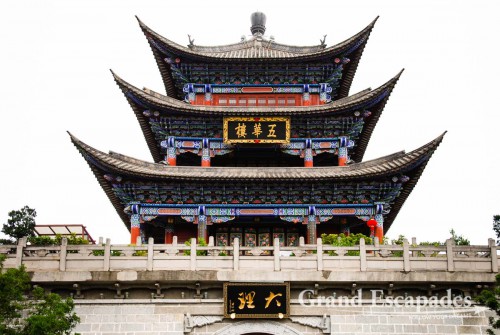
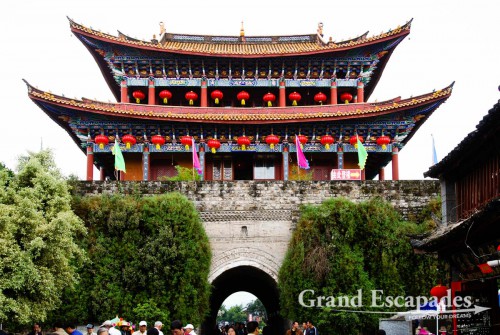
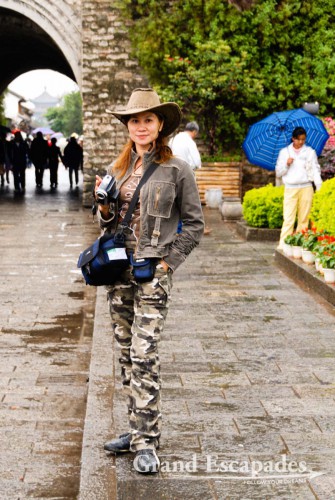
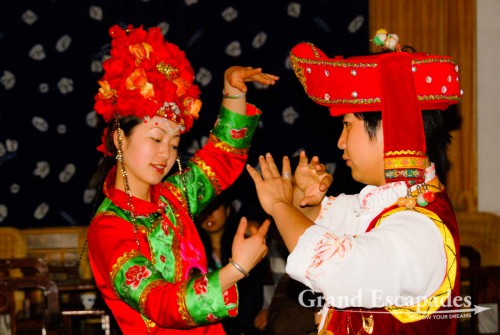
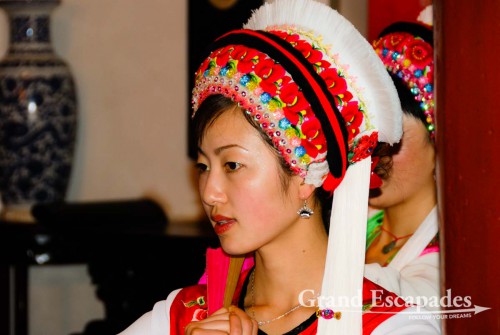
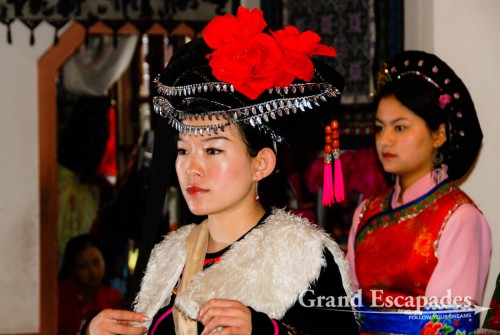
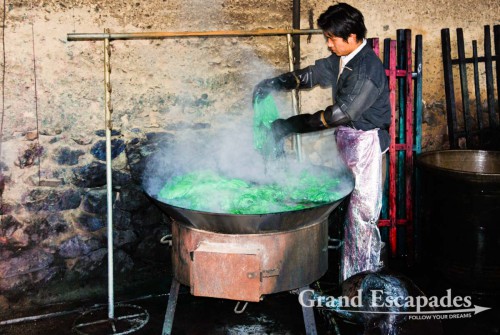
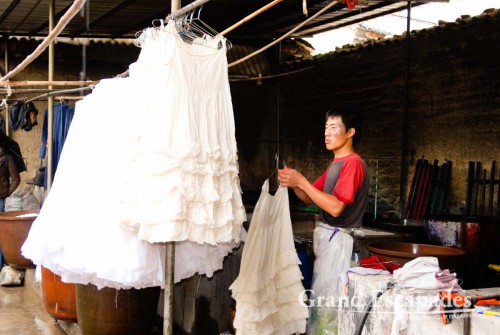
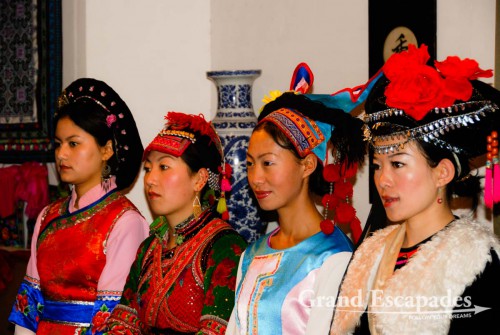
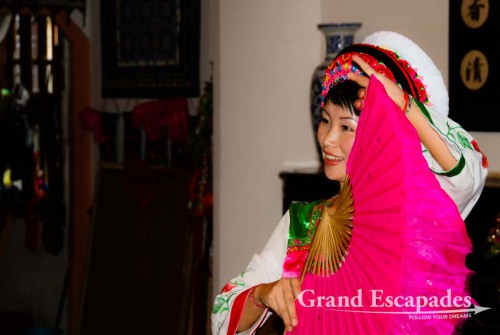
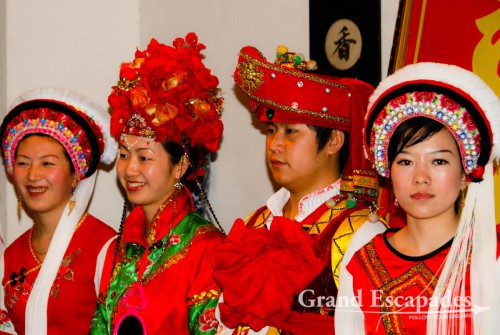
No comments yet.